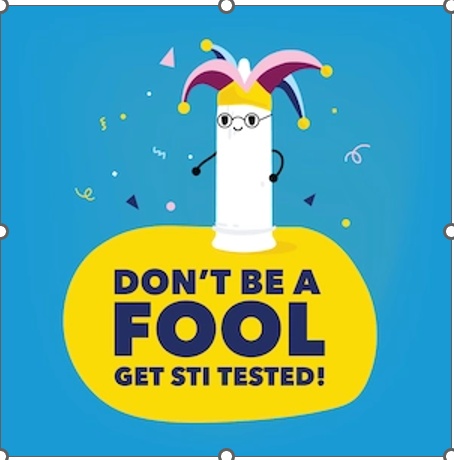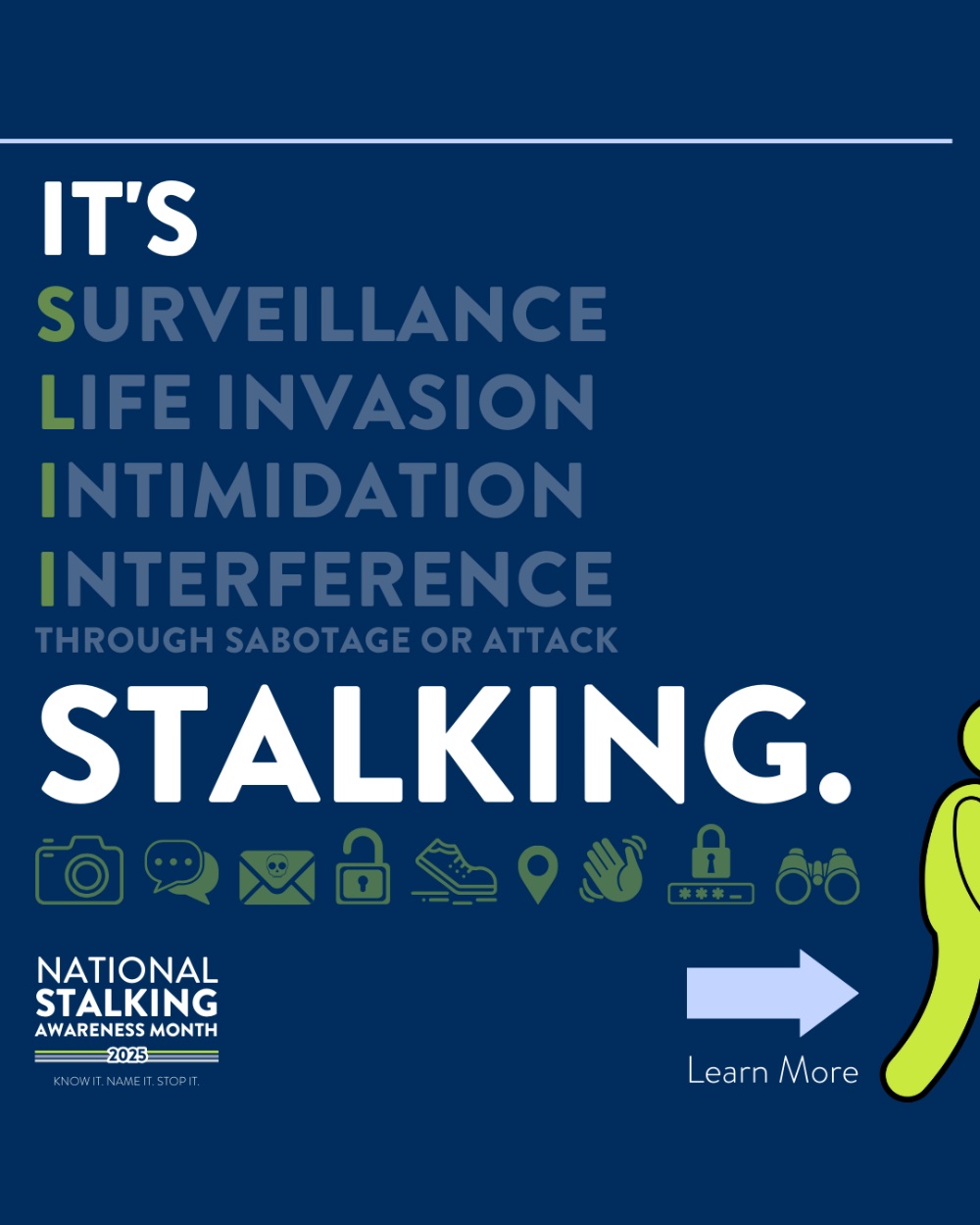|
If you have been exposed to people or animals with MPV, you should monitor your health and look for signs or symptoms consistent with MPV for a full 21 days after your last exposure.
|
If a rash occurs:
Follow isolation and prevention practices until (1) the rash can be evaluated by a healthcare provider, (2) testing is performed, if recommended by their healthcare provider, and (3) results of testing are available and are negative.
If other signs or symptoms are present, but there is no rash:
Follow isolation and prevention practices for 5 days after the development of any new sign or symptom, even if this 5-day period extends beyond the original 21-day monitoring period. If 5 days have passed without the development of any new sign or symptom and a thorough skin and oral examination reveals no new skin changes such as rashes or lesions, isolation and prevention practices for MPV can be stopped.
If a new sign or symptom develops at any point during the 21-day monitoring period (including during a 5-day isolation if applicable), then a new 5-day period should begin and you should follow isolation and prevention practices.
|
Isolation and prevention practices can be ended prior to 5 days if a healthcare provider or public health authority believes the rash, signs, or symptoms are not due to monkeypox and there is a clear alternative diagnosis made that doesn’t require isolation. The decision on when to end symptom monitoring and home isolation, either during the 21-day monitoring period or any 5-day extension, should be made with input from public health authorities.
|
•Wear a well-fitting mask, Until all signs and symptoms of MPVillness have fully resolved
•Do not share items that have been worn or handled with other people or animals. Launder or disinfect items that have been worn or handled and surfaces that have been touched by a lesion.
•Avoid close physical contact, including sexual and/or close intimate contact, with other people.
•Avoid sharing utensils or cups. Items should be cleaned and disinfected before use by others.
•Avoid crowds and congregate settings.
•Wash hands often with soap and water or use an alcohol-based hand sanitizer, especially after direct contact with the rash.
|






